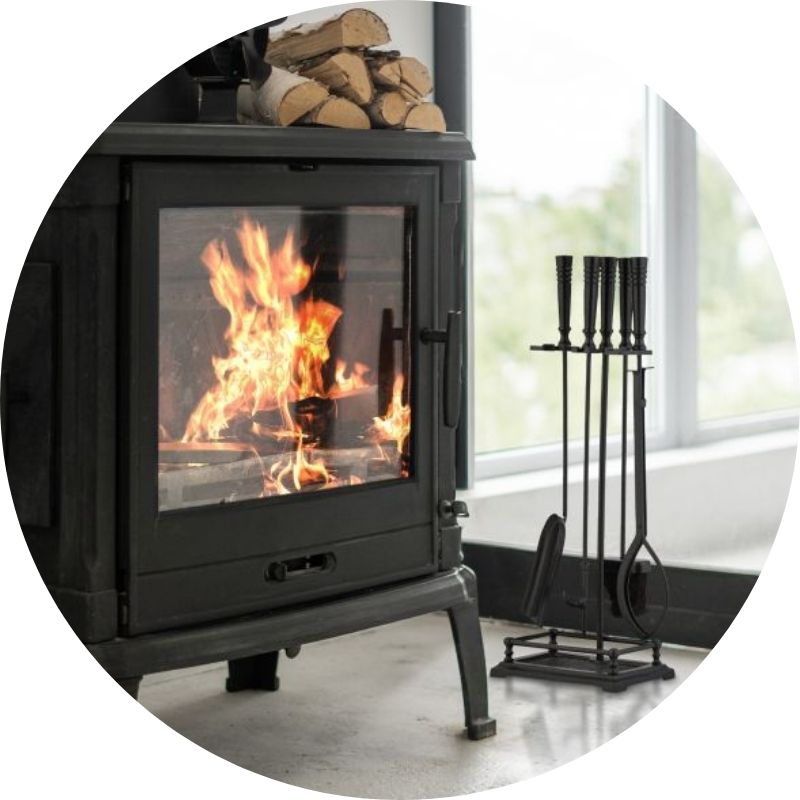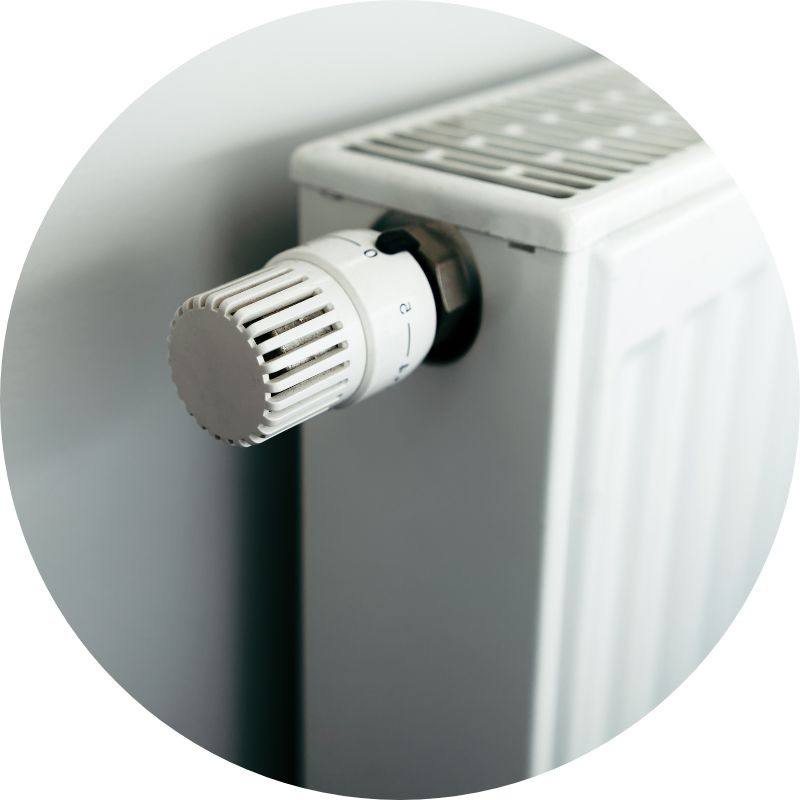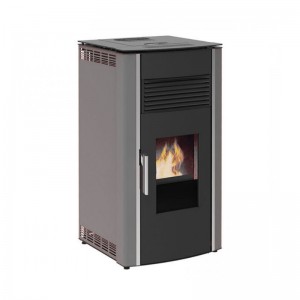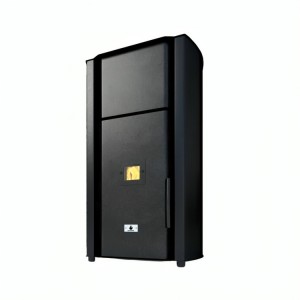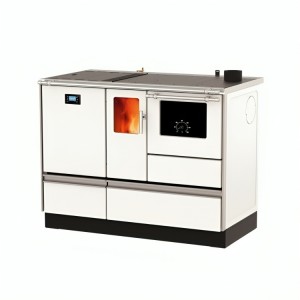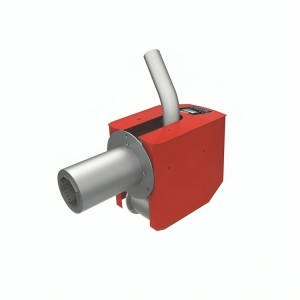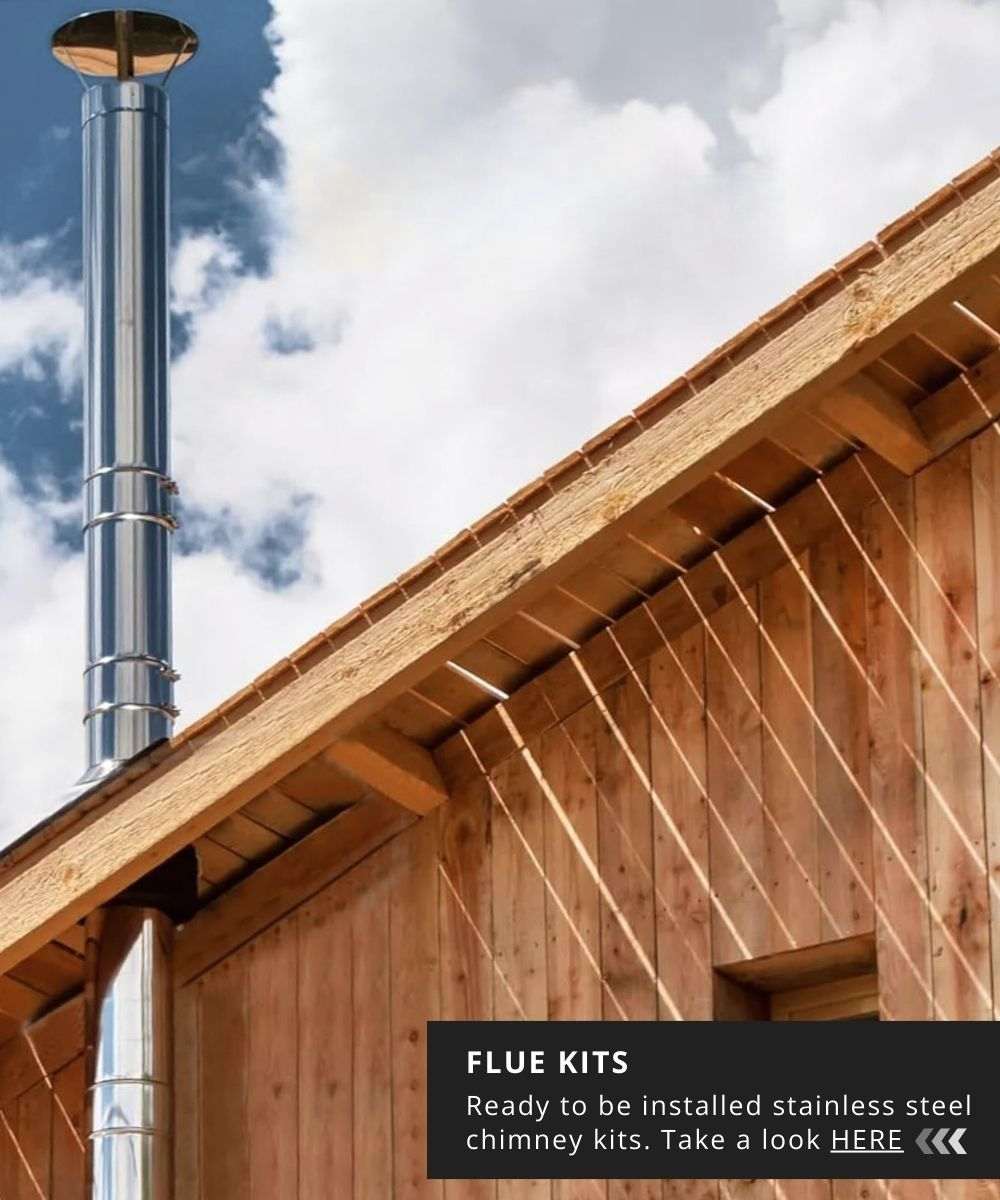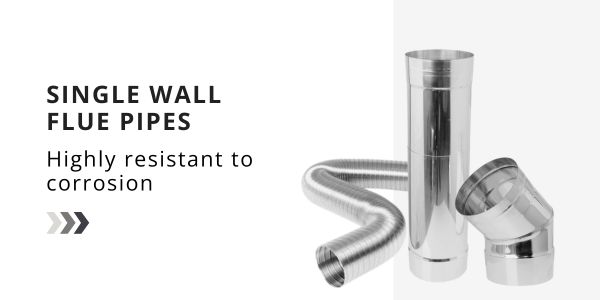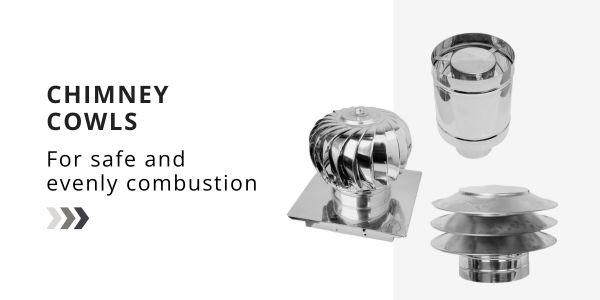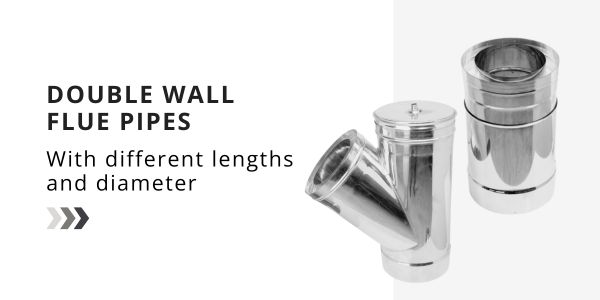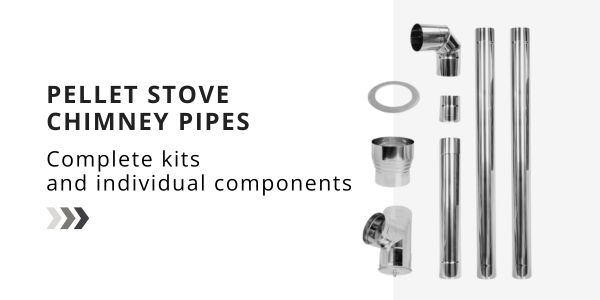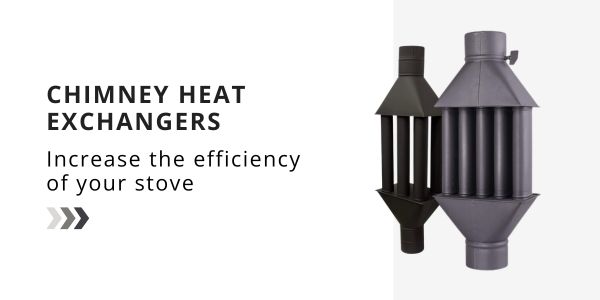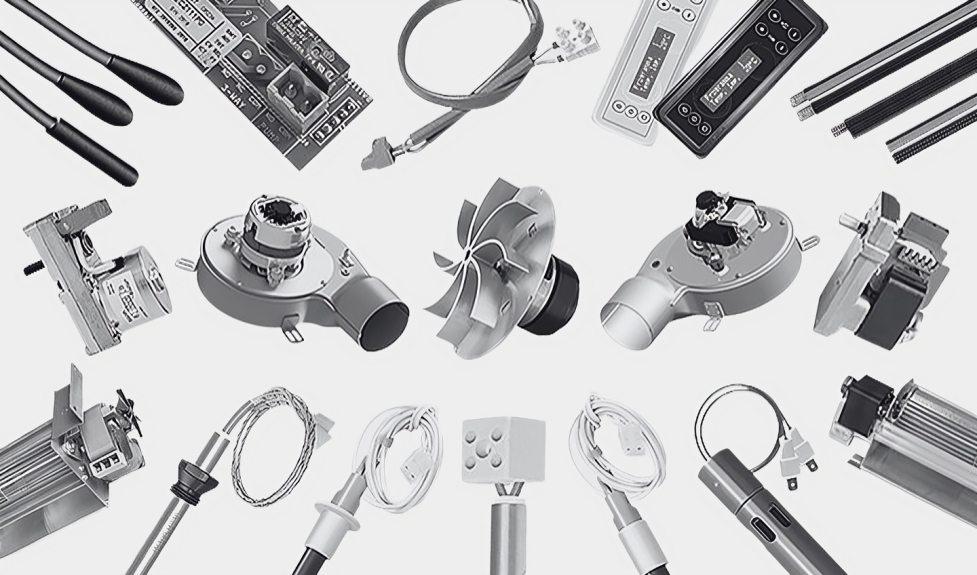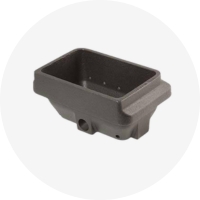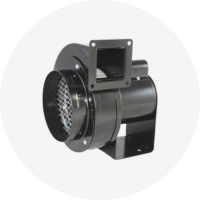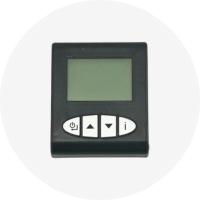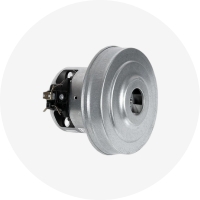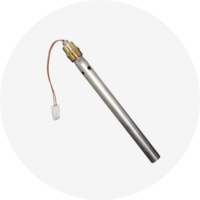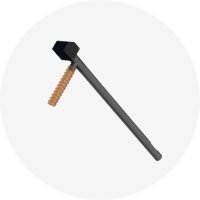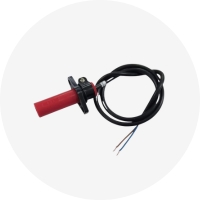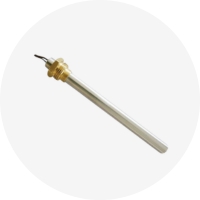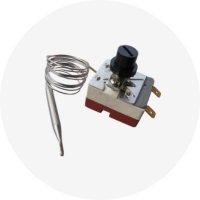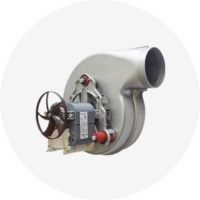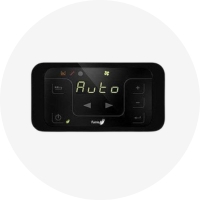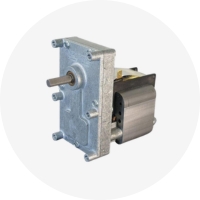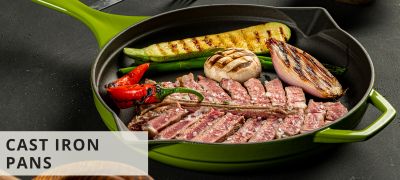Brand: Sunsystem
Model: 03.320.135
.productpagelanding { font-family: Poppins,Arial,Helvetica,sans-serif!important;} .main{ display: flex; flex-direction: row; justify-content..
€ 3,589.09 € 3,778.00
Ex Tax:€ 2,990.91
Brand: Sunsystem
Model: 03.320.134
.productpagelanding { font-family: Poppins,Arial,Helvetica,sans-serif!important;} .main{ display: flex; flex-direction: row; justify-content..
€ 3,182.51 € 3,350.00
Ex Tax:€ 2,652.09
Brand: BURNiT
Model: 0000001418
The BURNiT Pell is a pellet burner for heating boilers. It burns wood-pellets with diameter 6-8 mm. It ensures an efficient and low-emission combustio..
€ 5,381.90 € 5,979.89
Ex Tax:€ 4,484.92
Brand: BURNiT
Model: 0000000137
The BURNiT Pell is a pellet burner for heating boilers. It burns wood-pellets with diameter 6-8 mm. It ensures an efficient and low-emission combustio..
€ 1,210.92 € 1,345.46
Ex Tax:€ 1,009.10
Brand: BURNiT
Model: 0000000140
The BURNiT Pell is a pellet burner for heating boilers. It burns wood-pellets with diameter 6-8 mm. It ensures an efficient and low-emission combustio..
€ 1,449.61 € 1,610.68
Ex Tax:€ 1,208.01
Brand: BURNiT
Model: 0000000141
The BURNiT Pell is a pellet burner for heating boilers. It burns wood-pellets with diameter 6-8 mm. It ensures an efficient and low-emission combustio..
€ 2,018.01 € 2,242.24
Ex Tax:€ 1,681.68
Brand: BURNiT
Model: 0000001417
The BURNiT Pell is a pellet burner for heating boilers. It burns wood-pellets with diameter 6-8 mm. It ensures an efficient and low-emission combustio..
€ 3,062.83 € 3,403.16
Ex Tax:€ 2,552.36
Brand: BURNiT
Model: 0000008040
The BURNiT Pell Eco is a pellet burner for heating boilers. It burns wood-pellets with diameter 6-8 mm. It ensures an efficient and low-emission combu..
€ 1,270.54 € 1,397.59
Ex Tax:€ 1,058.78
Brand: BURNiT
The BURNiT Advant series of pellet boiler stoves combines stylish design with high efficiency. The models are easy to install and operate, and thanks ..
€ 2,153.75 € 2,267.10
Ex Tax:€ 1,794.79
Brand: Sunsystem
Model: 03.320.140
.productpagelanding { font-family: Poppins,Arial,Helvetica,sans-serif!important;} .main{ display: flex; flex-direction: row; justify-content..
€ 4,477.56 € 4,713.00
Ex Tax:€ 3,731.30
Brand: Balkan Energy
Model: 0000014530
PRODUCT DETAILS
Built-in hot water boiler ..
€ 899.00 € 1,490.00
Ex Tax:€ 749.17
Brand: Balkan Energy
Model: 08.435.081
PRODUCT DETAILS
Built-in hot water boiler ..
€ 899.00 € 1,340.00
Ex Tax:€ 749.17
Brand: Balkan Energy
Model: 0000013068
PRODUCT DETAILS
Built-in hot water boiler ..
€ 849.00 € 1,240.00
Ex Tax:€ 707.50
Brand: Balkan Energy
Model: 0000007324
Product Features:
Construction:
- The boiler body is made from high-quality 5mm thick steel.
- It features a large combustion cha..
€ 1,687.34 € 1,776.14
Ex Tax:€ 1,406.11
Brand: Balkan Energy
Model: 0000007325
Product Features:
Construction:
- The boiler body is made from high-quality 5mm thick steel.
- It features a large combustion cha..
€ 1,804.27 € 1,899.23
Ex Tax:€ 1,503.56
Brand: Balkan Energy
Model: 0000007326
Product Features:
Construction:
- The boiler body is made from high-quality 5mm thick steel.
- It features a large combustion cha..
€ 1,977.14 € 2,081.20
Ex Tax:€ 1,647.61
Brand: Balkan Energy
Model: 0000007327
Product Features:
Construction:
- The boiler body is made from high-quality 5mm thick steel.
- It features a large combustion cha..
€ 2,122.29 € 2,233.99
Ex Tax:€ 1,768.58
Brand: Balkan Energy
Model: 0000007328
Product Features:
Construction:
- The boiler body is made from high-quality 5mm thick steel.
- It features a large combustion cha..
€ 2,622.73 € 2,760.77
Ex Tax:€ 2,185.61
Brand: Balkan Energy
Model: 0000000085
A solid fuel boiler made of steel with an intelligent controller and electric fan for pressurized and adjustable air supply. The Balkan Energy P serie..
€ 2,061.50 € 2,170.00
Ex Tax:€ 1,717.91
Brand: Balkan Energy
Model: 0000000077
A solid fuel boiler made of steel with an intelligent controller and electric fan for pressurized and adjustable air supply. The Balkan Energy P serie..
€ 2,201.81 € 2,317.69
Ex Tax:€ 1,834.84
Brand: Balkan Energy
Model: 0000000086
A solid fuel boiler made of steel with an intelligent controller and electric fan for pressurized and adjustable air supply. The Balkan Energy P serie..
€ 2,388.88 € 2,514.61
Ex Tax:€ 1,990.73
Brand: Balkan Energy
Model: 0000000088
A solid fuel boiler made of steel with an intelligent controller and electric fan for pressurized and adjustable air supply. The Balkan Energy P serie..
€ 2,529.19 € 2,662.31
Ex Tax:€ 2,107.66
Brand: Balkan Energy
Model: 0000000089
A solid fuel boiler made of steel with an intelligent controller and electric fan for pressurized and adjustable air supply. The Balkan Energy P serie..
€ 3,043.65 € 3,203.84
Ex Tax:€ 2,536.38
Brand: Sunsystem
Model: 03.320.136
.productpagelanding { font-family: Poppins,Arial,Helvetica,sans-serif!important;} .main{ display: flex; flex-direction: row; justify-content..
€ 4,990.36 € 5,253.00
Ex Tax:€ 4,158.63
Brand: BURNiT
The BURNiT Advant series of pellet boiler stoves combines stylish design with high efficiency. The models are easy to install and operate, and thanks ..
€ 2,025.22 € 2,131.80
Ex Tax:€ 1,687.68
Brand: Balkan Energy
Model: 08.435.157
Save 20% on your fuel cost
and free up your budget for an extra family vacation.
With our highly efficient wood burning stove
you will notice the d..
€ 1,044.36 € 1,160.40
Ex Tax:€ 870.30
Brand: BURNiT
The BURNiT Advant B2 pellet boiler is a convenient heating solution. No separate room is required for its installation. It has compact dimensions..
€ 2,226.89 € 2,344.09
Ex Tax:€ 1,855.74
Brand: BURNiT
The BURNiT Advant B25 pellet boiler is a convenient heating solution. No separate room is required for its installation. It has compact dimensions, ma..
€ 2,370.06 € 2,494.80
Ex Tax:€ 1,975.05
Brand: BURNiT
The BURNiT Advant B35 pellet boiler is a convenient heating solution. No separate room is required for its installation. It has compact dimensions, ma..
€ 2,932.26 € 3,086.59
Ex Tax:€ 2,443.55
Brand: Balkan Energy
Model: 08.435.082
PRODUCT DETAILS
Built-in hot water boiler ..
€ 1,717.20 € 1,908.00
Ex Tax:€ 1,431.00
Brand: Balkan Energy
Model: 08.435.158
Save 20% on your fuel cost
and free up your budget for an extra family vacation.
With our highly efficient wood burning stove
you will notice the d..
€ 1,035.00 € 1,150.00
Ex Tax:€ 862.50
Brand: Zvezda
Model: 0000005957
Color: graphite black
Heat resistant paint
Manufactured from cold rolled steel.
Combustion chamber lined with firebricks that accumulate hea..
€ 491.56 € 578.30
Ex Tax:€ 409.63
Brand: MBS
Model: 0000010062
Color : red
Body made of sheet steel
Combustion chamber lined with firebricks that accumulate heat and increase burning temperature.
The com..
€ 1,788.06 € 1,986.74
Ex Tax:€ 1,490.05
A wide selection of spare components for
your heating appliances.
- In stock
- Fast delivery
- Guaranteed quality
CAST IRON PANS AND POTS
CURRENT OFFERS
Brand: Sunsystem
Model: 03.320.135
.productpagelanding { font-family: Poppins,Arial,Helvetica,sans-serif!important;} .main{ display: flex; flex-direction: row; justify-content..
€ 3,589.09 € 3,778.00
Ex Tax:€ 2,990.91
Brand: Sunsystem
Model: 03.320.134
.productpagelanding { font-family: Poppins,Arial,Helvetica,sans-serif!important;} .main{ display: flex; flex-direction: row; justify-content..
€ 3,182.51 € 3,350.00
Ex Tax:€ 2,652.09
Brand: BURNiT
Model: 0000001418
The BURNiT Pell is a pellet burner for heating boilers. It burns wood-pellets with diameter 6-8 mm. It ensures an efficient and low-emission combustio..
€ 5,381.90 € 5,979.89
Ex Tax:€ 4,484.92
Brand: BURNiT
Model: 0000000137
The BURNiT Pell is a pellet burner for heating boilers. It burns wood-pellets with diameter 6-8 mm. It ensures an efficient and low-emission combustio..
€ 1,210.92 € 1,345.46
Ex Tax:€ 1,009.10
Brand: BURNiT
Model: 0000000140
The BURNiT Pell is a pellet burner for heating boilers. It burns wood-pellets with diameter 6-8 mm. It ensures an efficient and low-emission combustio..
€ 1,449.61 € 1,610.68
Ex Tax:€ 1,208.01
Brand: BURNiT
Model: 0000000141
The BURNiT Pell is a pellet burner for heating boilers. It burns wood-pellets with diameter 6-8 mm. It ensures an efficient and low-emission combustio..
€ 2,018.01 € 2,242.24
Ex Tax:€ 1,681.68
Brand: BURNiT
Model: 0000001417
The BURNiT Pell is a pellet burner for heating boilers. It burns wood-pellets with diameter 6-8 mm. It ensures an efficient and low-emission combustio..
€ 3,062.83 € 3,403.16
Ex Tax:€ 2,552.36
Brand: BURNiT
Model: 0000008040
The BURNiT Pell Eco is a pellet burner for heating boilers. It burns wood-pellets with diameter 6-8 mm. It ensures an efficient and low-emission combu..
€ 1,270.54 € 1,397.59
Ex Tax:€ 1,058.78
Brand: BURNiT
The BURNiT Advant series of pellet boiler stoves combines stylish design with high efficiency. The models are easy to install and operate, and thanks ..
€ 2,153.75 € 2,267.10
Ex Tax:€ 1,794.79
Brand: Sunsystem
Model: 03.320.140
.productpagelanding { font-family: Poppins,Arial,Helvetica,sans-serif!important;} .main{ display: flex; flex-direction: row; justify-content..
€ 4,477.56 € 4,713.00
Ex Tax:€ 3,731.30
Brand: Balkan Energy
Model: 0000014530
PRODUCT DETAILS
Built-in hot water boiler ..
€ 899.00 € 1,490.00
Ex Tax:€ 749.17
Brand: Balkan Energy
Model: 08.435.081
PRODUCT DETAILS
Built-in hot water boiler ..
€ 899.00 € 1,340.00
Ex Tax:€ 749.17
Brand: Balkan Energy
Model: 0000013068
PRODUCT DETAILS
Built-in hot water boiler ..
€ 849.00 € 1,240.00
Ex Tax:€ 707.50
Brand: Balkan Energy
Model: 0000007324
Product Features:
Construction:
- The boiler body is made from high-quality 5mm thick steel.
- It features a large combustion cha..
€ 1,687.34 € 1,776.14
Ex Tax:€ 1,406.11
Brand: Balkan Energy
Model: 0000007325
Product Features:
Construction:
- The boiler body is made from high-quality 5mm thick steel.
- It features a large combustion cha..
€ 1,804.27 € 1,899.23
Ex Tax:€ 1,503.56
Brand: Balkan Energy
Model: 0000007326
Product Features:
Construction:
- The boiler body is made from high-quality 5mm thick steel.
- It features a large combustion cha..
€ 1,977.14 € 2,081.20
Ex Tax:€ 1,647.61
Brand: Balkan Energy
Model: 0000007327
Product Features:
Construction:
- The boiler body is made from high-quality 5mm thick steel.
- It features a large combustion cha..
€ 2,122.29 € 2,233.99
Ex Tax:€ 1,768.58
Brand: Balkan Energy
Model: 0000007328
Product Features:
Construction:
- The boiler body is made from high-quality 5mm thick steel.
- It features a large combustion cha..
€ 2,622.73 € 2,760.77
Ex Tax:€ 2,185.61
Brand: Balkan Energy
Model: 0000000085
A solid fuel boiler made of steel with an intelligent controller and electric fan for pressurized and adjustable air supply. The Balkan Energy P serie..
€ 2,061.50 € 2,170.00
Ex Tax:€ 1,717.91
Brand: Balkan Energy
Model: 0000000077
A solid fuel boiler made of steel with an intelligent controller and electric fan for pressurized and adjustable air supply. The Balkan Energy P serie..
€ 2,201.81 € 2,317.69
Ex Tax:€ 1,834.84
Brand: Balkan Energy
Model: 0000000086
A solid fuel boiler made of steel with an intelligent controller and electric fan for pressurized and adjustable air supply. The Balkan Energy P serie..
€ 2,388.88 € 2,514.61
Ex Tax:€ 1,990.73
Brand: Balkan Energy
Model: 0000000088
A solid fuel boiler made of steel with an intelligent controller and electric fan for pressurized and adjustable air supply. The Balkan Energy P serie..
€ 2,529.19 € 2,662.31
Ex Tax:€ 2,107.66
Brand: Balkan Energy
Model: 0000000089
A solid fuel boiler made of steel with an intelligent controller and electric fan for pressurized and adjustable air supply. The Balkan Energy P serie..
€ 3,043.65 € 3,203.84
Ex Tax:€ 2,536.38
Brand: Sunsystem
Model: 03.320.136
.productpagelanding { font-family: Poppins,Arial,Helvetica,sans-serif!important;} .main{ display: flex; flex-direction: row; justify-content..
€ 4,990.36 € 5,253.00
Ex Tax:€ 4,158.63
Brand: BURNiT
The BURNiT Advant series of pellet boiler stoves combines stylish design with high efficiency. The models are easy to install and operate, and thanks ..
€ 2,025.22 € 2,131.80
Ex Tax:€ 1,687.68
Brand: Balkan Energy
Model: 08.435.157
Save 20% on your fuel cost
and free up your budget for an extra family vacation.
With our highly efficient wood burning stove
you will notice the d..
€ 1,044.36 € 1,160.40
Ex Tax:€ 870.30
Brand: BURNiT
The BURNiT Advant B2 pellet boiler is a convenient heating solution. No separate room is required for its installation. It has compact dimensions..
€ 2,226.89 € 2,344.09
Ex Tax:€ 1,855.74
Brand: BURNiT
The BURNiT Advant B25 pellet boiler is a convenient heating solution. No separate room is required for its installation. It has compact dimensions, ma..
€ 2,370.06 € 2,494.80
Ex Tax:€ 1,975.05
Brand: BURNiT
The BURNiT Advant B35 pellet boiler is a convenient heating solution. No separate room is required for its installation. It has compact dimensions, ma..
€ 2,932.26 € 3,086.59
Ex Tax:€ 2,443.55
Brand: Balkan Energy
Model: 08.435.082
PRODUCT DETAILS
Built-in hot water boiler ..
€ 1,717.20 € 1,908.00
Ex Tax:€ 1,431.00
Brand: Balkan Energy
Model: 08.435.158
Save 20% on your fuel cost
and free up your budget for an extra family vacation.
With our highly efficient wood burning stove
you will notice the d..
€ 1,035.00 € 1,150.00
Ex Tax:€ 862.50
Brand: Zvezda
Model: 0000005957
Color: graphite black
Heat resistant paint
Manufactured from cold rolled steel.
Combustion chamber lined with firebricks that accumulate hea..
€ 491.56 € 578.30
Ex Tax:€ 409.63
Brand: MBS
Model: 0000010062
Color : red
Body made of sheet steel
Combustion chamber lined with firebricks that accumulate heat and increase burning temperature.
The com..
€ 1,788.06 € 1,986.74
Ex Tax:€ 1,490.05



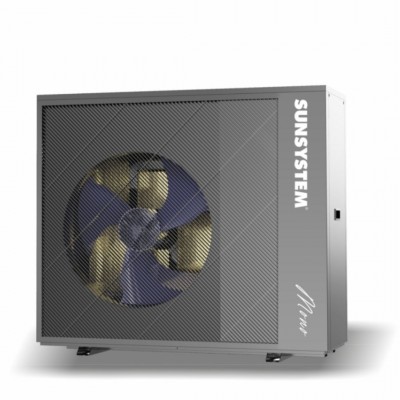
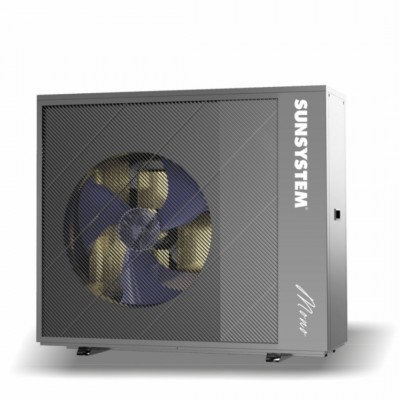
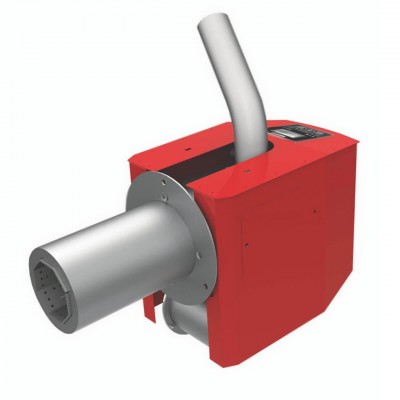

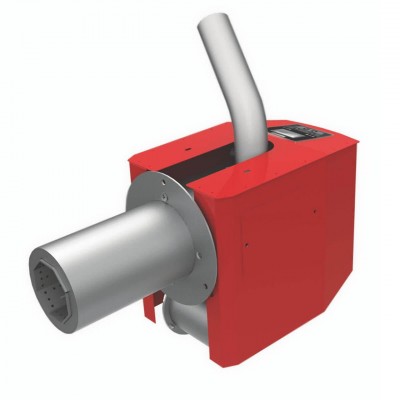
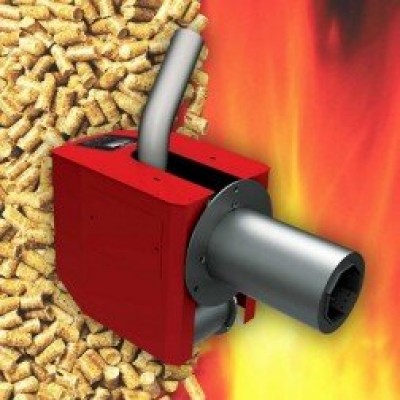
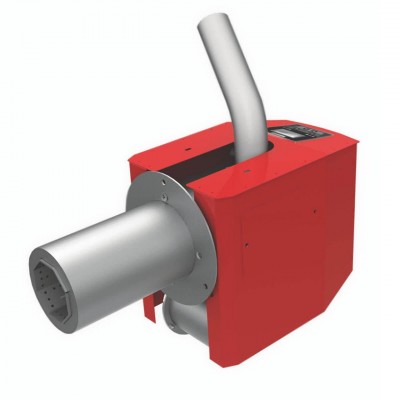


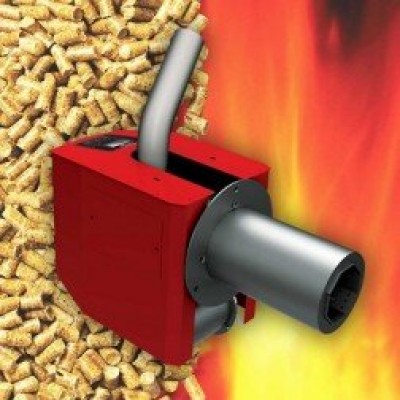
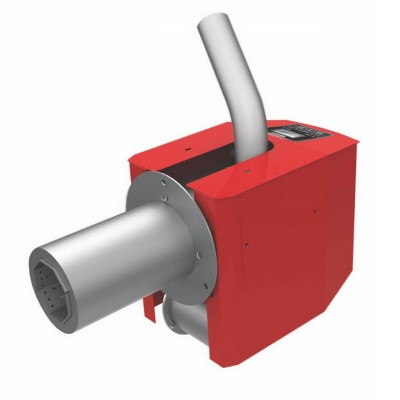
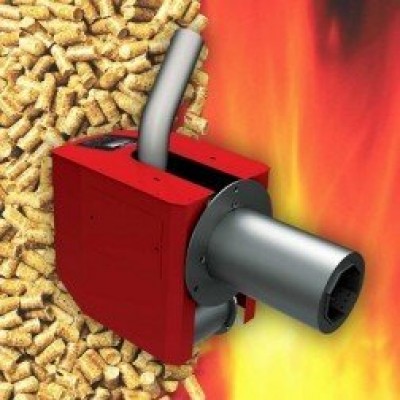
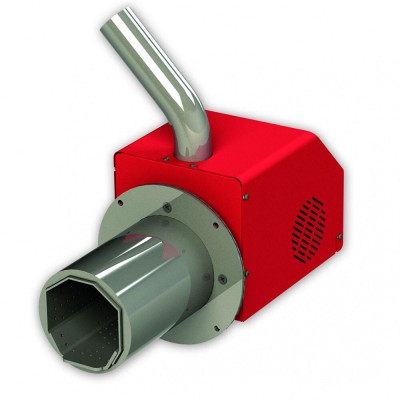

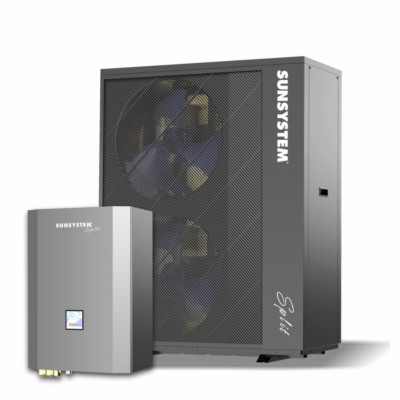
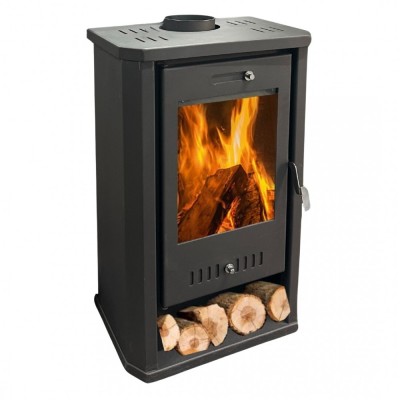
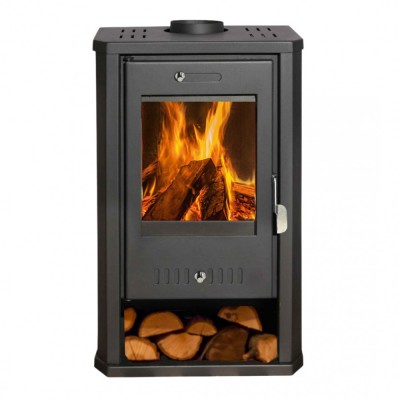
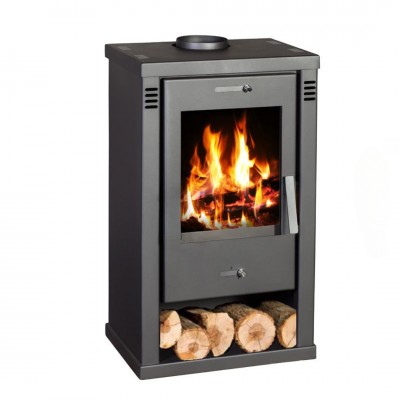
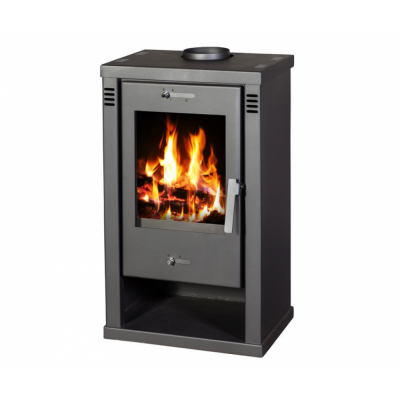
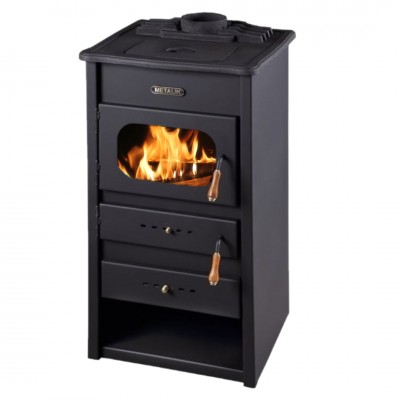
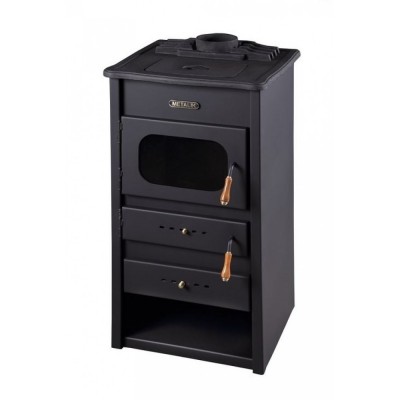

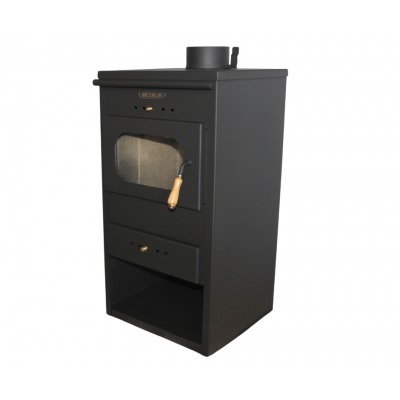
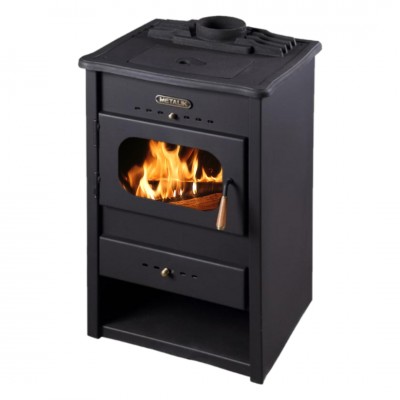
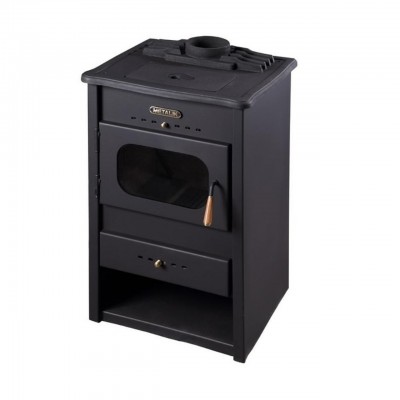
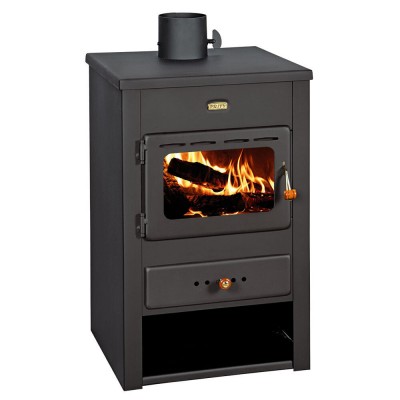
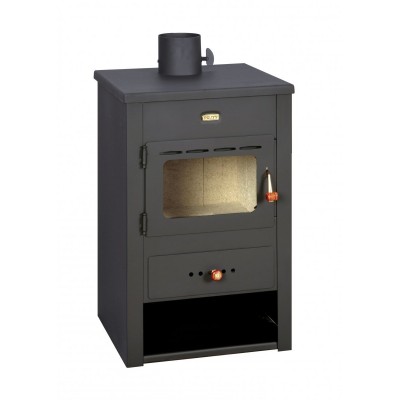
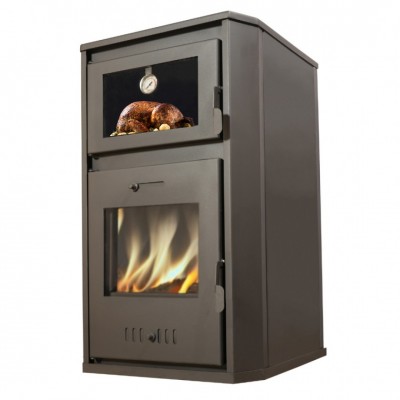
-400x400.jpg)
-400x400.jpg)
-400x400.jpg)
-400x400.jpg)
-400x400.jpg)
-400x400.jpg)
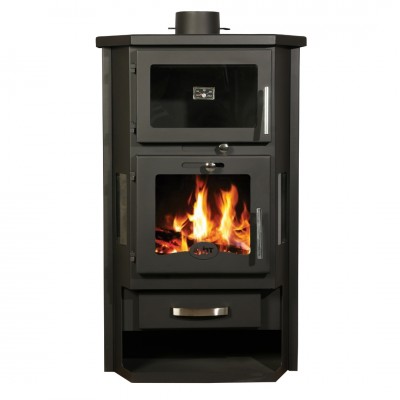
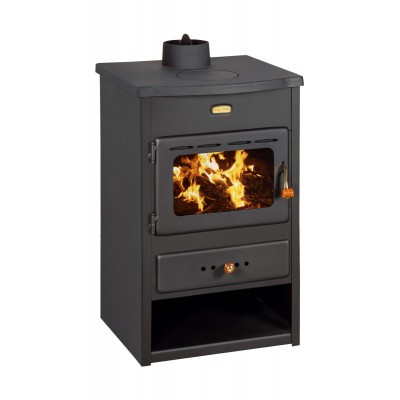


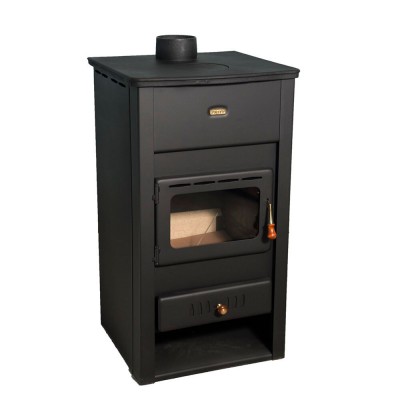
-400x400.jpg)


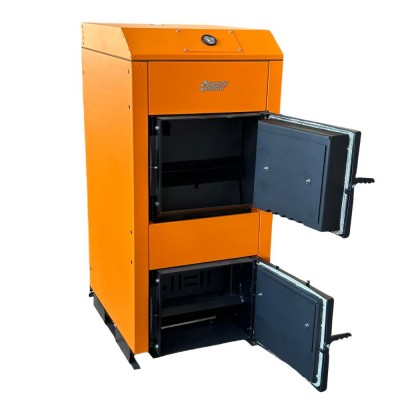


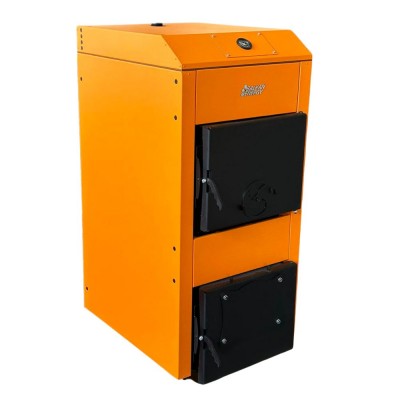
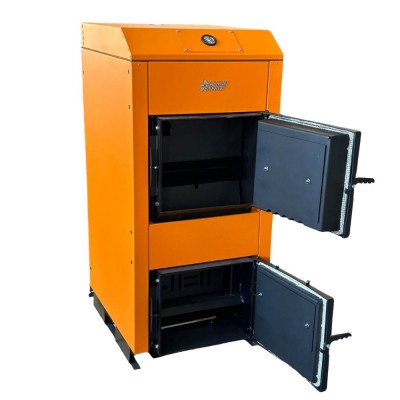

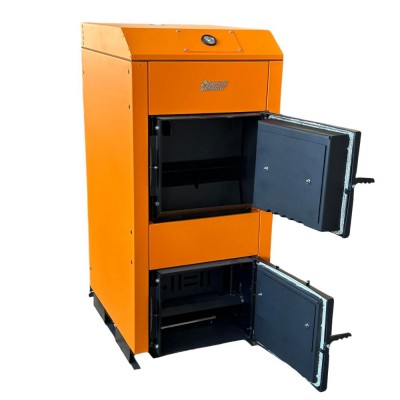
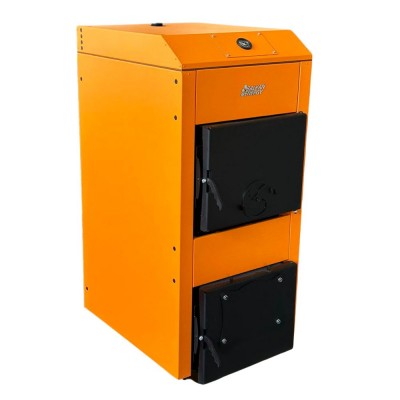
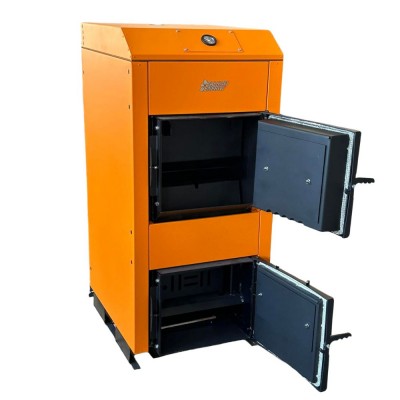
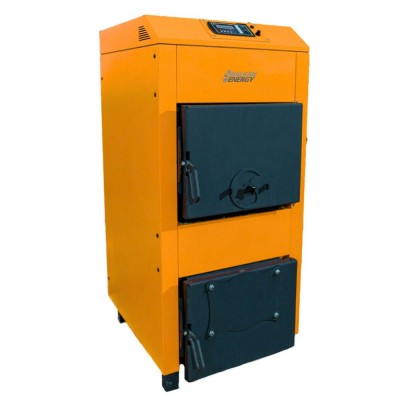
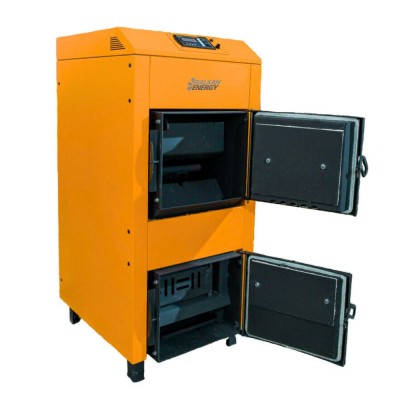
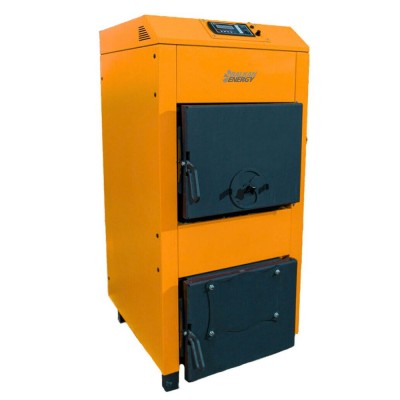
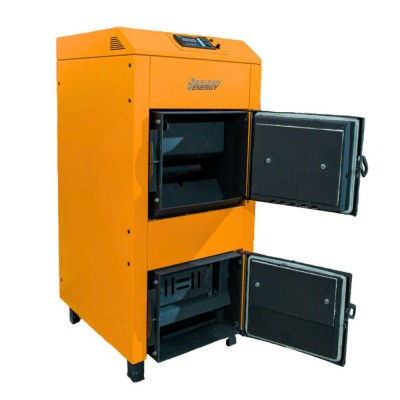
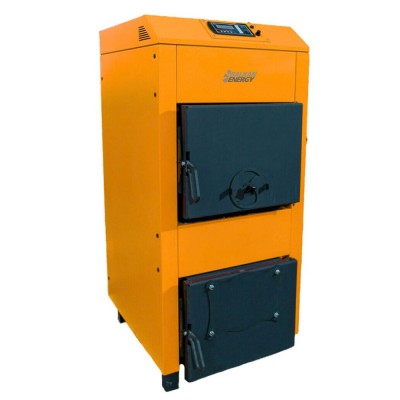
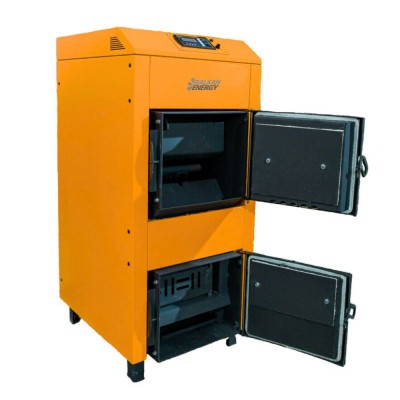
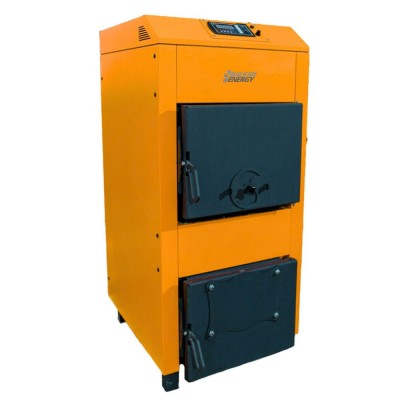
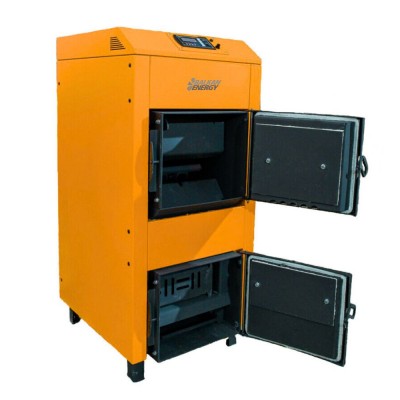
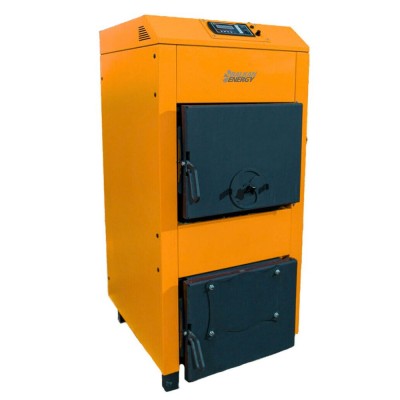



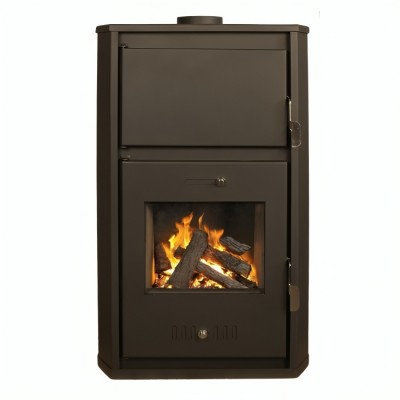
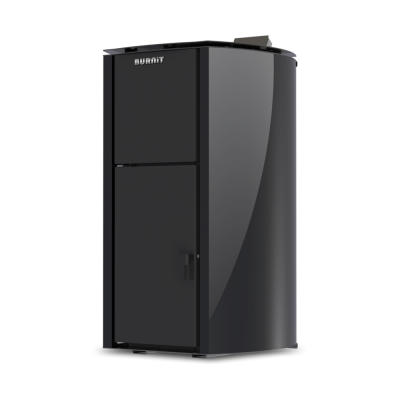

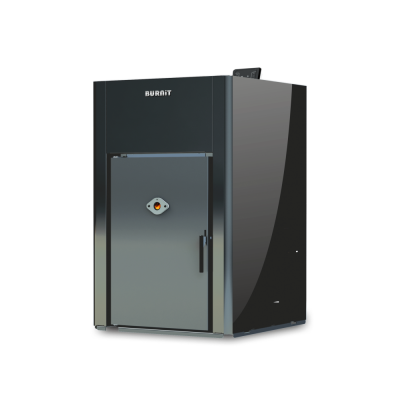
-400x400.jpg)
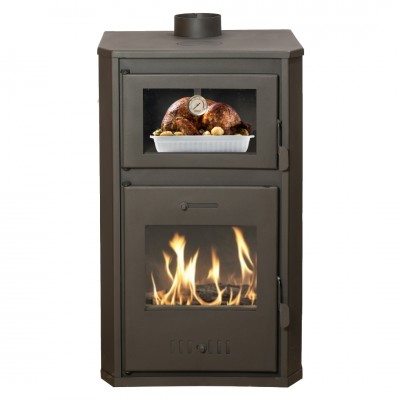
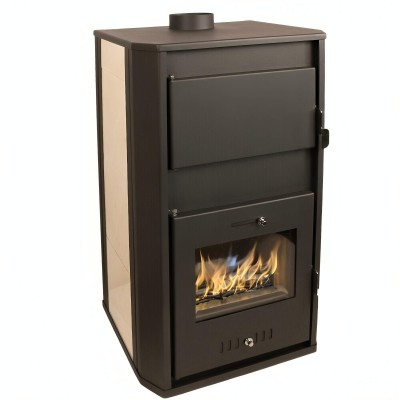
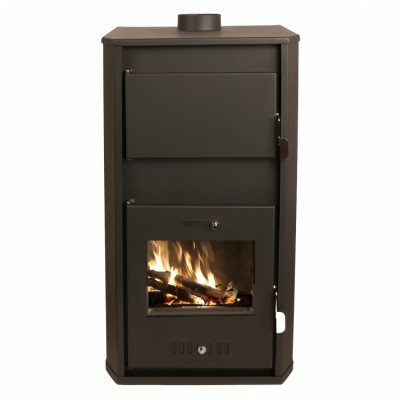
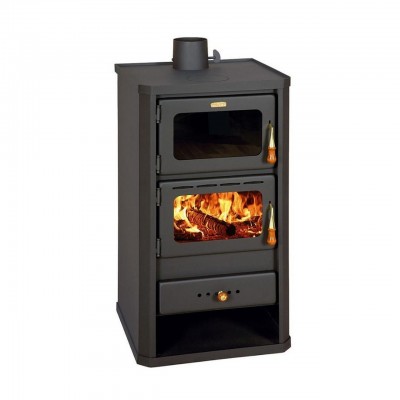
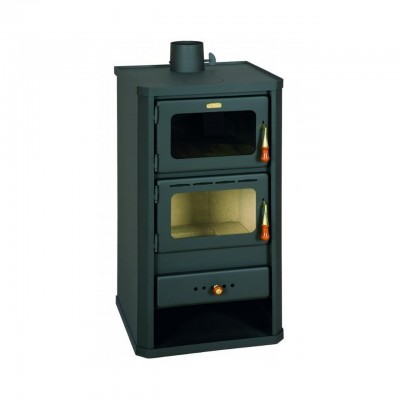
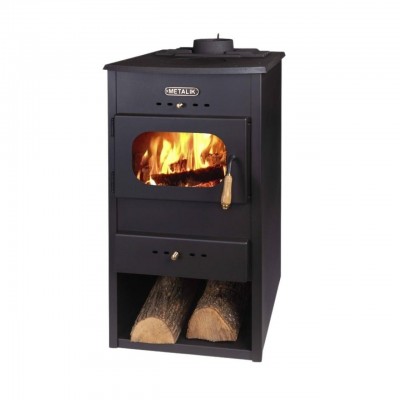
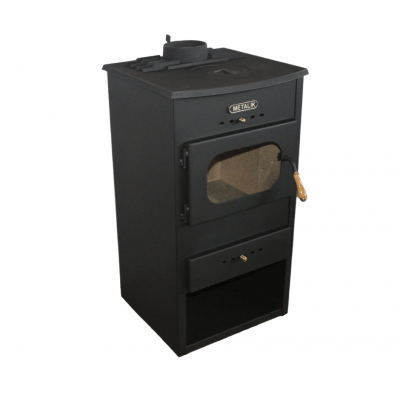
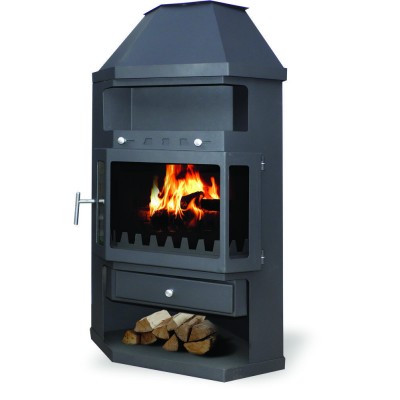
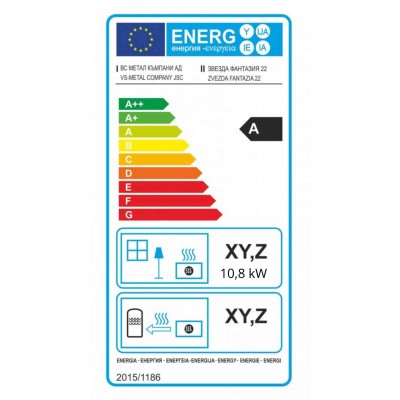
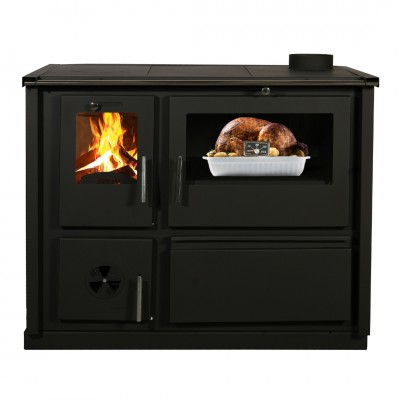
-400x400.jpg)

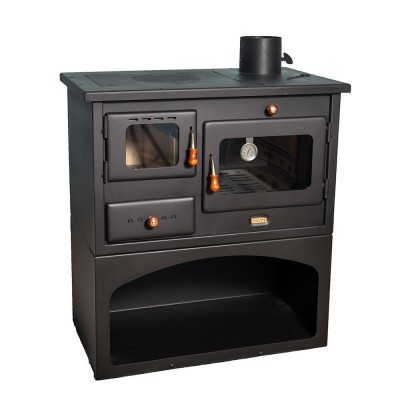
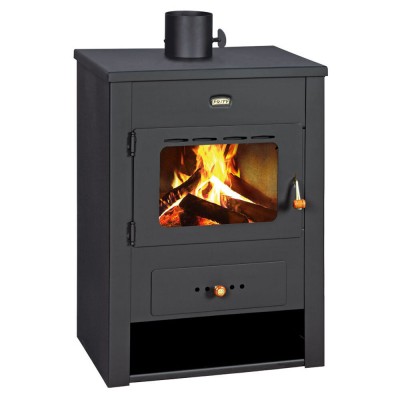
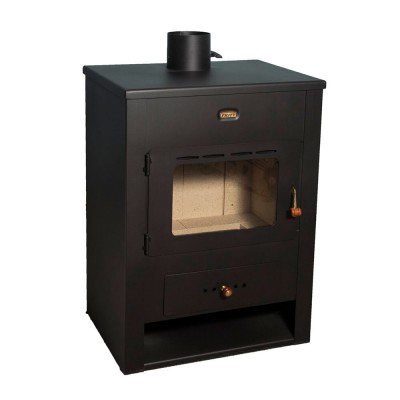
-400x400w.jpg)
-400x400w.jpg)
